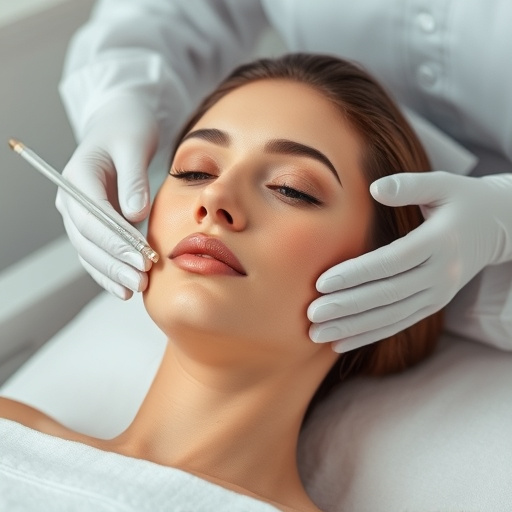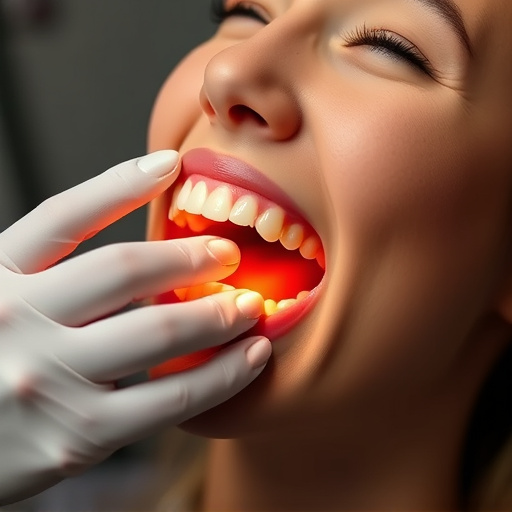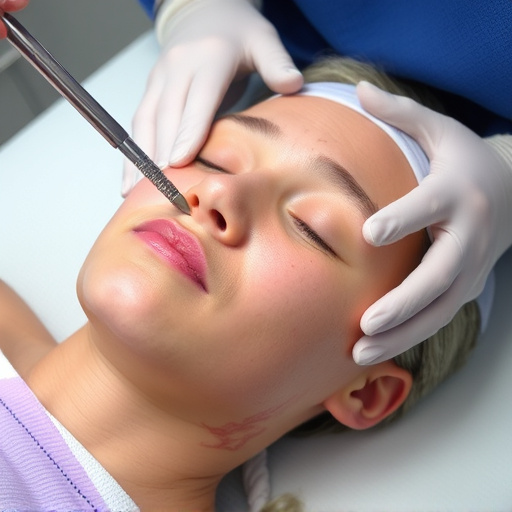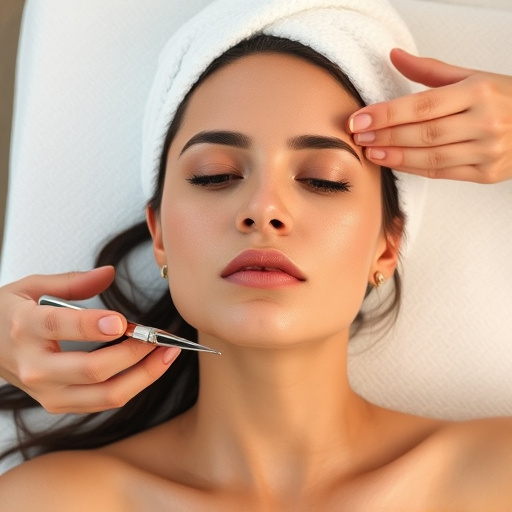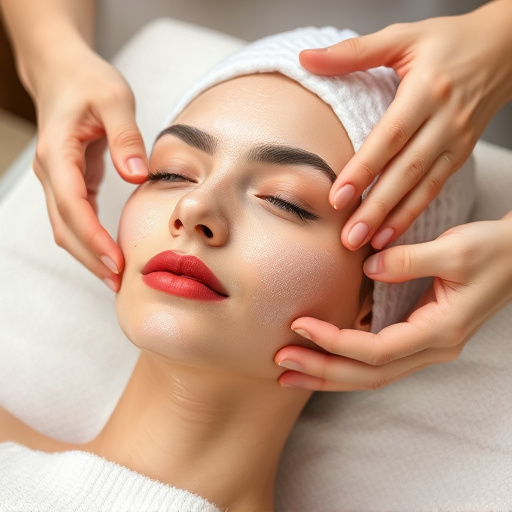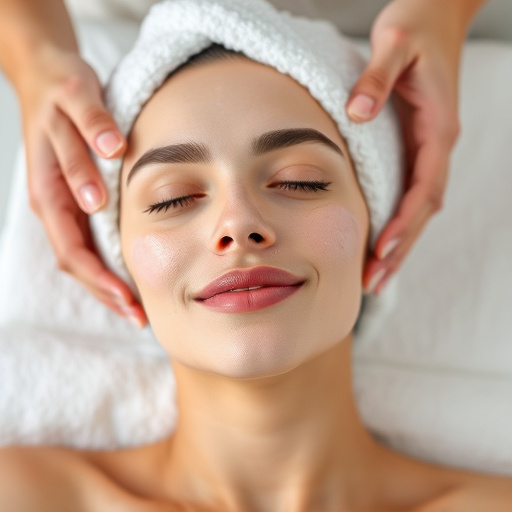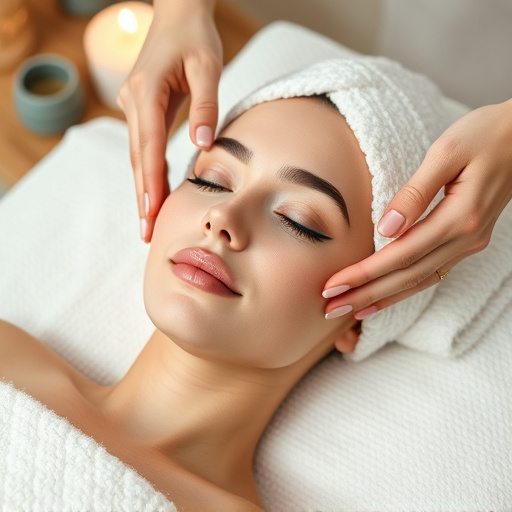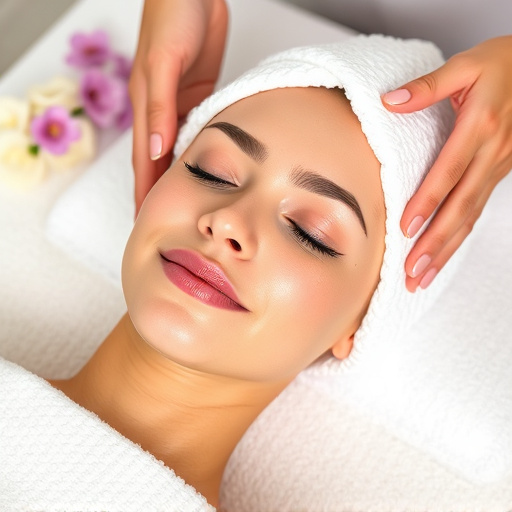Skin resurfacing treatments like microneedling and customized facials enhance skin texture and appearance by stimulating collagen production and addressing specific concerns. However, they may not tackle deep structural issues or active conditions, with results varying based on skin type and health. To maximize benefits, consult a qualified dermatologist for personalized care, proper after-treatment maintenance, and complementary procedures under professional supervision.
Skin resurfacing is a sought-after procedure, offering potential solutions for various skin concerns. However, it’s essential to understand its capabilities and limitations. This article aims to provide a comprehensive guide, breaking down the basics of skin resurfacing and its transformative potential. We’ll explore common misconceptions and reveal what this treatment can and cannot fix effectively. Get ready to discover tips for optimizing results and achieving the glowing skin you desire through informed skincare choices.
- Understanding Skin Resurfacing: The Basics and Its Potential
- Limitations and Considerations: What Skin Resurfacing Can't Fix Effectively
- Optimizing Results: Tips for Effective Skin Resurfacing Treatment
Understanding Skin Resurfacing: The Basics and Its Potential
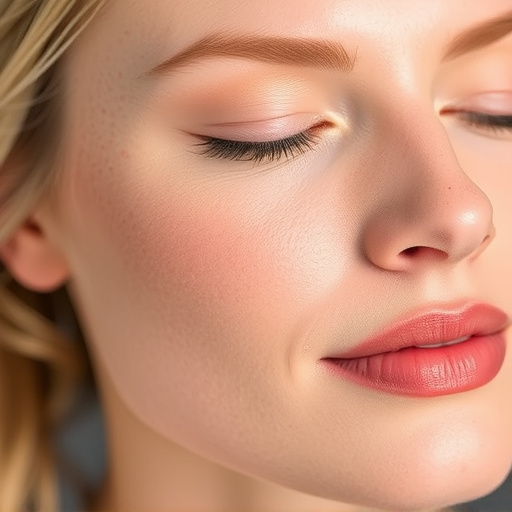
Skin resurfacing is a broad term encompassing various treatments aimed at revitalizing and regenerating the skin’s surface. At its core, it involves removing the upper layers of skin to promote the growth of smoother, more youthful-looking skin. This process can effectively address a range of concerns, from fine lines and wrinkles to uneven texture and scars. The potential of skin resurfacing lies in its ability to stimulate collagen production, enhance skin elasticity, and improve overall skin tone and clarity.
One popular method is microneedling therapy, which uses tiny needles to create controlled micro-injuries, prompting the body to heal and produce new skin cells. This technique is known for its effectiveness in pore refinement and stimulating a healthy skin rejuvenation process. Additionally, customized facials offer a tailored approach by combining different active ingredients and techniques to target specific skin issues. From exfoliation to deep cleaning, these treatments can provide noticeable improvements in skin texture and overall appearance.
Limitations and Considerations: What Skin Resurfacing Can't Fix Effectively

While skin resurfacing treatments offer significant advancements in improving skin texture and appearance, it’s crucial to understand their limitations. These procedures aren’t a panacea for every skin concern. One of the primary constraints is that they may not effectively address deep, structural issues within the skin, such as severe scar tissue or profound age-related changes.
Additionally, certain conditions like active acne, eczema, or rosacea can complicate the process, as these conditions need to be managed and resolved before undergoing skin resurfacing. Moreover, individual results can vary greatly due to factors like skin type, elasticity, and overall health. Even with the best outcomes, skin resurfacing treatments don’t guarantee permanent solutions for skin health; maintenance and repeat procedures may be necessary to sustain desired results, especially regarding wrinkle reduction.
Optimizing Results: Tips for Effective Skin Resurfacing Treatment

To optimize results from a skin resurfacing treatment, there are several tips to keep in mind. First, consult with a qualified dermatologist or skincare specialist who can assess your specific needs and recommend the most suitable procedure. Different skin issues require distinct approaches; for instance, microdermabrasion is ideal for gentle exfoliation while laser resurfacing targets deeper layers for more severe conditions.
Additionally, preparation before and after the treatment is key. Ensure optimal healing by avoiding sun exposure, using moisturizers recommended by your specialist, and following their post-treatment care instructions diligently. Results may vary, but consistent pre- and post-care practices can enhance the overall effectiveness of the skin resurfacing treatment, leading to smoother, more even skin texture. Consider complementary procedures like pore refinement or microneedling therapy for enhanced body contouring effects, always under professional guidance.
Skin resurfacing offers powerful tools for enhancing skin texture and addressing various concerns, but it’s crucial to manage expectations. While it can effectively smooth fine lines, reduce hyperpigmentation, and improve acne scars, it may not be able to completely eliminate deep wrinkles or severe deformities. By understanding these limitations and following expert advice on optimizing results, individuals can achieve desirable outcomes with skin resurfacing treatment, ensuring a more youthful and radiant complexion.


